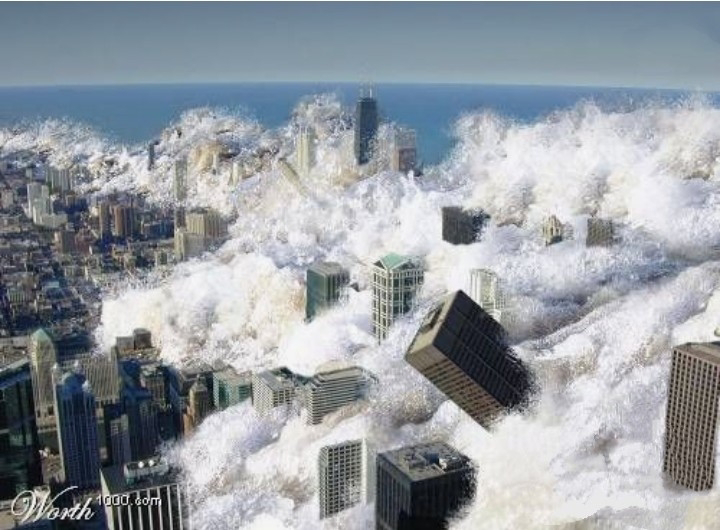Surthern/ Antarctic Ocean
SOUTHERN OCEAN
* Also known as southern Ocean or Austral Ocean
* Second Smallest Area: 2.03 crore km²
* Comprises the southern most waters of the world Ocean, South of 60° S latitude and encircling Antarctic ( as per IHO- 2000) 4% of the Earth's surface
Antarctic Ocean Facts:
* Severely impacted by the Sun's Seasonal Influence
*Antarctic ice park fluctuates from an average minimum of 26 lakh km² in March to about 1.88 crore km² in September.
* Ocean known for its turbulent and dangerous waters - consistent and high winds and open expanse create gigantic waves
*Largest boundary ( northern boundary) - not with any landmass but with Atlantic, Indian and Pacific Ocean.
Southern Ocean Facts:
* Ocean still used in Marine Transport ship's travel to Antarctica
* Several ports and Harbors - major ports include Mawson Station, Palmer Station and Rothera Station.
Deepest Point:
* Mean depth: 3,200 m
* Deepest Point: at the southern and of the South Sandwhich Trench at 60° 00'S , 024" W(7,236m)
Sub- divisions of Southern Ocean:
1) weddell Sea
2) King Haakon Vll Sea
3) Lazarev Sea
4) Riiser- Larsen Sea
5) Cosmonauts Sea
6) Cooperation Sea
7) Davies Sea
8) Mawson Sea
9)Dumont D' Urville Sea
10) Somov Sea
11) Ross Sea
12) Amudsen Sea
13) Bellings Hausen Sea
14) Part of the Scotia Sea
15) Part of the Dark passage
16) Baransfield Strait
Drake Passage:
Between South Americas Cape Horn ( Chile) and South Shetland Islands of Antarctica.
World's one of the most dangerous and roughest waterways
Ozone Hole:
*Ozone Layer or Ozone Shleld- region of Earth's Stratosphere
* Absorbs most of Sun's ultraviolet radiation
* Ozone Hole - reduction in concentrations of Ozone in Stratosphere particularly among polar regions
* Very low Stratospheric temperatures lead to formation of clouds ( polar Stratospheric clouds)
* PSC when combined with CFC pollutant deplete Ozone Layer.
Antarctic Ozone Hole:
* Ozone levels have dropped to as low as 33 % of their pre- 1975 values.
* Ozone depletion maximum during the Antarctic Spring ( from September to early December)
Sunlight returns to Antartica in September and October of each year, which then result in the Antarctic Ozone Hole.
* Montreal protocol in 1987- to ban the production of CFCs and other Ozone depleting Chemical ( ban came into effect in 1989)
* The Ozone Layer is healing ( as per UN 2018 report)
* According to NSSA ( National Aeronautics and Space Administration) and NOAA ( National Oceanic and Atmospheric Administration) scientists.
*Abnormal wether patterns in the upper atmosphere over Antarctica dramatically limited Ozone depletion in September and October 2019- resulting in the smallest Ozone Hole observed since 1982.
Southern Ocean Fauna:
* Emperor Penguin
*Adélie Penguin








Comments
Post a Comment